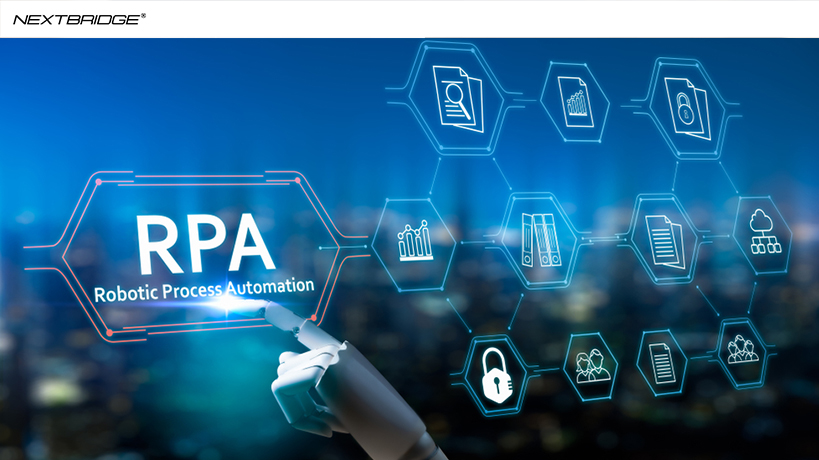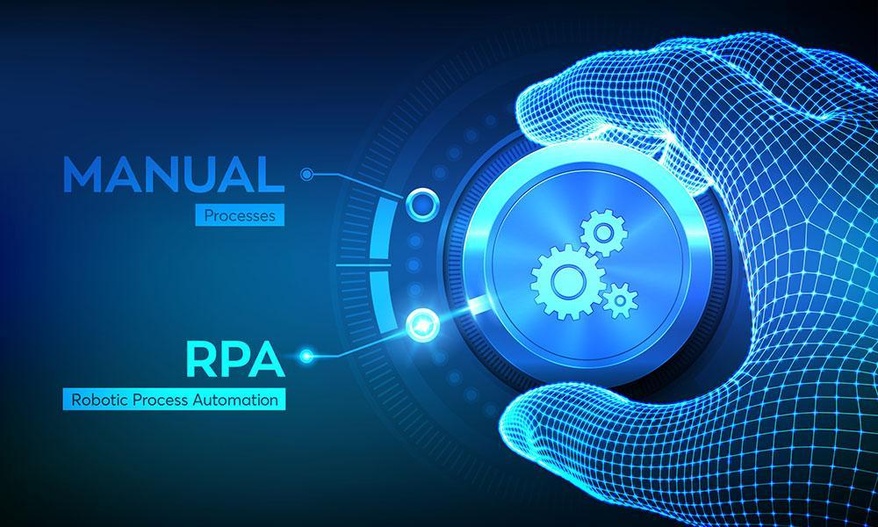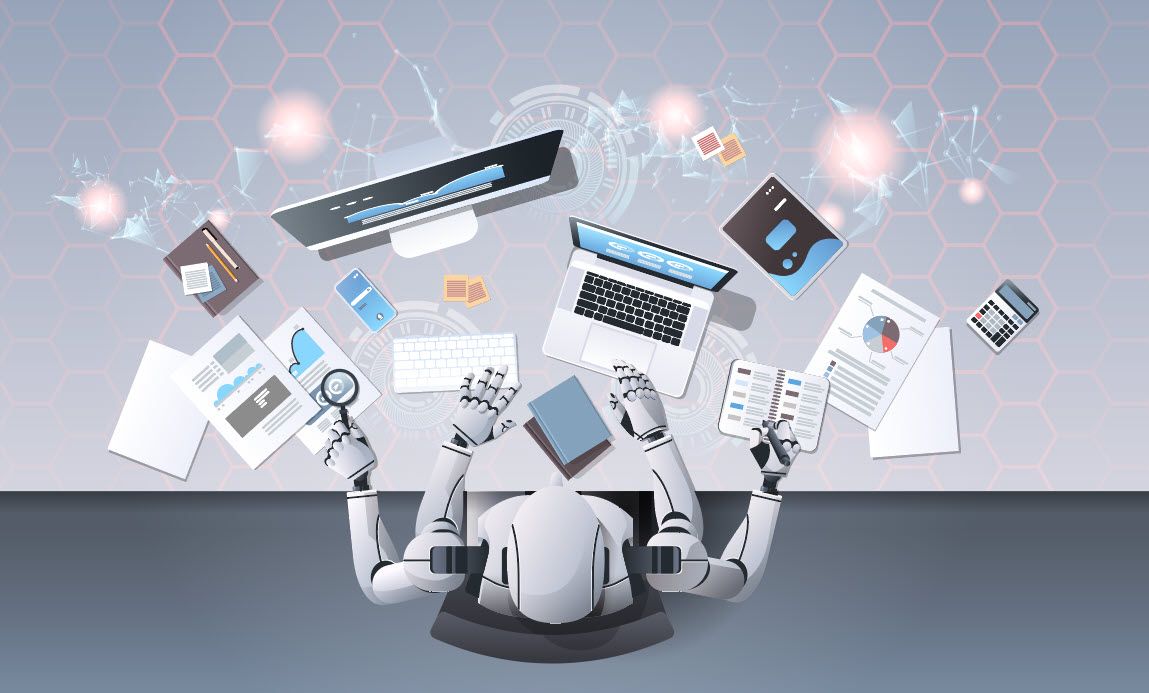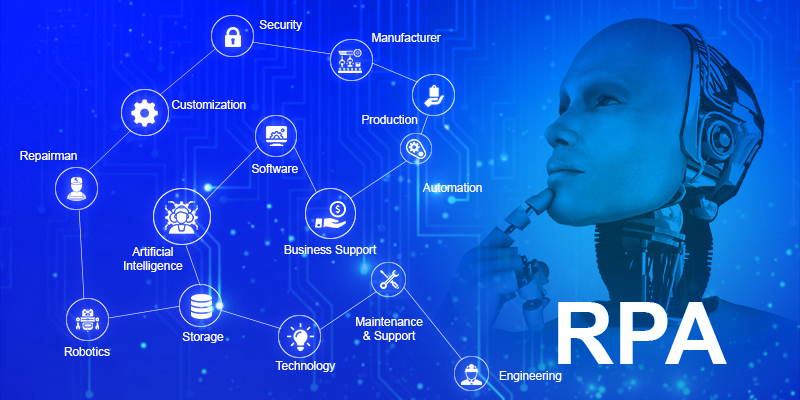 Back to all articles
Back to all articles
Blogs
Robotic Process Automation (RPA) in 4 Minutes


Robotic Process Automation (RPA) stands for software that is far and wide used to replace the manual business processes with automated ones.
Businesses activities that require repetitive work can be deployed mechanically by using this technology. It is dedicated to freeing people from wasting a lot of their time and energy by adding some value to their routine business activities.
Let’s explain this concept using an RPA example.
Mr. John is an accountant in a multinational company, and he handles several monetary transactions, as well such as invoices, liabilities, financial ledgers, and cheques, etc. on daily basis.
His main chore is to maintain all of the organization’s financial information on a spreadsheet. He does this by copying the data from the invoices, cheques, ledgers, and mail that sheet along with other financial sheets to his line managers.
Over a while, Mr. John finds this task tedious, and wearisome. He is looking for a way to make his work seem less daunting and boring. As if by magic, he stumbles across the Robotic Process Automation technology. He designs a robot that extracts information from all of the financial documents into an excel sheet, attaches it along with the rest of the financial docs, and sends them over to his superiors. That email is sent out every day at a specific time following the same routine.
This is how Mr. John saved his time and turned his monotonous work routine into a quality work routine.

Tip # 1: Don’t Hang Back
The purpose of Robotic Process Automation is clear from the above RPA example. To elaborate on the concept a bit extra, you can assign a human task to a robot to automate the process execution. The great part is that there is no tough integration required to do so. RPA perfectly cooperates with the existing IT architecture of your organization.
RPA can very-well automate a sequence of tasks, the overall system of your businesses, office processes that are labor-intensive. The bots that are designed can interact with your websites, personal software applications, user portals, and many other in-house applications.
The work of a clerk in a bank is repetitive and mind-numbing. He answers the telephone, types several documents manually, does the filing, and communicates with clients. His mundane clerical task can be done virtually using Robotic Process Automation.

Tip # 2: Bring RPA into Your Businesses
Robotic Process Automation implementations can be observed across industries such as manufacturing, customer service, finance, banking, HR, procurement, even supply chain management. Gartner has foretold that 85% of large establishments will have RPA deployed in several forms by 2022.
You must perceive from the above RPA example that it can greatly impact your businesses. And now is the perfect time to get started with it.

Tip # 3: Optimize Productivity with RPA
There are many reasons why customer service is hard. You only focus on your customer’s happiness, no matter how bad you are trying to suppress your instincts. The effort to pretend to be in a good mood is tough. A lot of multitasking is required, and you do it every day.
This is why RPA is being implemented into customer services. It has a lot to offer to this field.
Here are some real-world Robotic Process Automation examples:
- The emergence of Chatbots and voicebots has transformed how customer service used to be operated.
- There are self-service portals on websites for you to find replies to your queries.
- There is RPA secured sign-in systems.
When you talk about RPA, it is all about reducing the time spent by humans on dull routine tasks. The software robots are deployed to increase your productivity and reduce errors. All you do is re-work your current systems and applications.
So, how can you apply RPA into practice?
Preparing You for this Trend
Do you have a business website? How about you completely automate it?
You can turn the manual process of a user entering information to login into an automated procedure, or improve the interaction of your visitor with a web browser.
Simple, right?
We suggest you hand over this task to a software robot that we can design for you.
It’s a good idea to also have an RPA secured sign-in system for users.
Do you want to know about some more ideas?
Contact Nextbridge today!
Don't hire us right away
talk to our experts first,
Share your challenges, & then decide if we're the right fit for you! Talk to Us
Partnerships & Recognition
Commitment to excellence






